LISBON - There is something enthralling about spending a few days losing yourself in this city’s narrow cobblestone streets lined with pretty pastel-coloured buildings while mastering its steep hills fuelled by good coffee and pastel de nata.
After my body succumbs to the great distance covered in only half a day, I feel no shame in falling back into my seat on the famous Tram 28 so I can experience Lisbon’s Moorish influence in a more comfortable way.
Slightly hypoglycaemic and sweaty, it is with a sigh of relief that I squeeze between a group of young tourists chatting gleefully, an older woman carrying her groceries and a man wearing a turban. As I hear the vintage tram — which has been fighting these hills since before World War II — squeaking and creaking, I’m glad it’s the tram, rather than me, struggling to reach the top of the hill. My Lisboa Card came in very handy this day. With it, all of Lisbon’s metro, buses and elevadores (trams) can be ridden for one price.
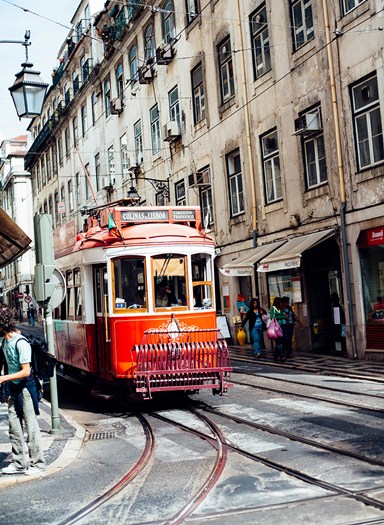
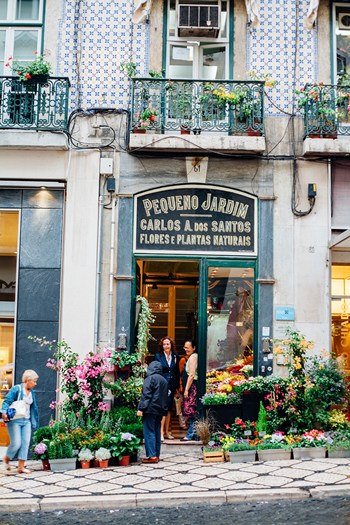
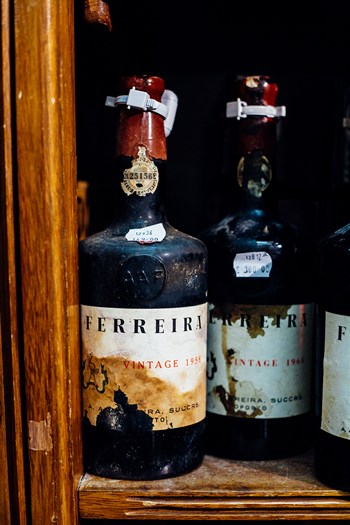
Above: Bustling Lisbon is a city of old trams, small streets and good port.
Refreshed after my tram ride, I enjoy walking downtown in Chiado, the city’s famous downtown square. It is a lively and very popular area for those interested in historical sights, shopping and dining. It is also the perfect place to start your day if you are among those who absolutely could not go to Lisbon without stopping by Café A Brasileira, one of Lisbon’s oldest and most famous stops.
Another lively, yet more free-spirited area, is Bairro Alto. It’s a youthful neighbourhood with independent shops and undoubtedly the best place to experience the city’s nightlife. There are many relatively small bars and clubs right next to each other, each of them amazingly unique.
I reserve the rest of my day for a trip to Belém in order to satiate my hunger for history, culture and architecture, starting with the famous and ornate tower Torre de Belém, which was commissioned by King Joao II to defend the mouth of the Tagus River. It is an important symbol of Portugal’s rich maritime history and an impressive reminder of its once expansive empire.
After I conquer the monument’s 91 spiral steps and enjoy the spectacular views, I stop by the famous blue-and-white tile café, Antiga Confeitaria de Belém, to treat myself to Lisbon’s renowned Pastéis de Belém — the flaky pastry and creamy custard confections are sprinkled with cinnamon to enchant your palate as much as your soul.
After grabbing another two tarts for the road, I continue my journey across the street to Mosteiro dos Jeronimos. This transcending beauty, a 15th-century monastery demarcated as a UNESCO World Heritage Site for its over-the-top Manueline, or Portuguese late Gothic architecture, is an absolute must-see attraction. The breathtaking architecture and the beautiful court garden in the centre are a real feast for the eyes.
I then make my way through the green lawns along the river (an approximately 30-minute walk) to Abril Bridge, a Golden Gate Bridge look-alike. Taking its name from the revolution on April 25, 1972, this suspension bridge over the Tagus has an overall length of 2,228 metres.
The dock area below is one of the most charming places in the city, with former warehouses morphed into cosmopolitan bars, restaurants and clubs that accommodate any taste. It’s a pleasant place for a drink in the late afternoon or evening. I pass by 5 Oceanos, which is said to serve exquisite seafood. Only glancing at the menu made me hungry.
But I skip dining there since I am still digesting the pastéis, and I opt instead for going to a quieter area: the garden Miradouro de São Pedro de Alcantara. It has marvellous panoramic views, all the way from the city to St. George’s Castle and central Lisbon. After walking among the alleys of trees and taking in the breathtaking surroundings, I close my eyes and relish the summer.
Across the street is the Solar do Vinho do Porto, an 18th-century building where one can sample more than 300 different Port wines. They have some of the rarest vintages, dating as far as 1937. I sit back in a comfortable armchair in the sitting room and order a glass.
My plans for the evening are quite simple: dining in Alfama, the district famous for fado music.
Fado is Lisbon’s mournful yet beguiling sound; a combination of emotional voice and string instruments like guitars and mandolins.
The intensely melancholic songs are usually about love, woe and pain and they convey sadness and longing. Clube do Fado is said to offer the best live performances of Fado in Portugal, but being more entranced by a cozy atmosphere, I instead book a table at the popular Sr. Fado de Alfama. Owned by Fado singer Ana Marina and Fado violinist Duarte Santos, the small 25-seat club gives off a friendlier, more intimate feel than a restaurant.
On Saturday, I head for Feira da Lada, which literally translates to “the thief’s market,” which is also situated in the Alfama. There you’ll find a myriad of small stalls that sell all sorts of new and second-hand products. The merchants sometimes simply display their inventories on a blanket. The market abounds with antiques, furniture, second-hand clothes and old books. As advised, I negotiate the price of every item and left with a handmade plate and a traditional blouse to forever remind me of this captivating summer.
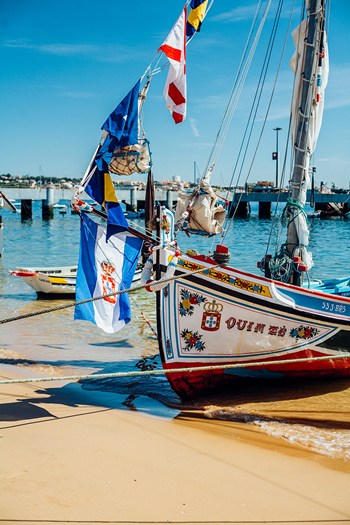
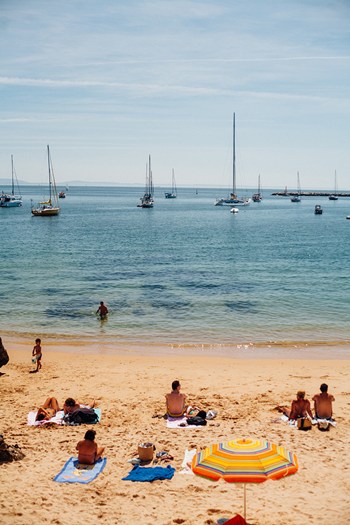
Above: Because of its nautical roots, the people of Lisbon love the beach.
After almost two days of roaming the city, my body yearns for the contrast of the sandy beaches and the ocean. So I hop on a train to Cascais to dip my toes in the Atlantic Ocean. The water is surprisingly clean and clear and sparkles with a variety of fish.
I make my way towards Boca do Inferno where, with fascination, I watch the powerful waves crash on the cliffs and the fishermen engage in their craft.
Portugal’s coast is the ideal setting for water sports, including sailing, windsurfing, kite surfing and water skiing. Guincho beach, with its excellent wind conditions, is perfect for anybody who wants to try boarding, while Praia do Guincho is best suited for windsurfing and kite surfing. On the other hand, Praia de Carcavelos and Praia de Sao Pedro lend themselves best to surfing and body surfing. Last but not least is Baia de Cascais, the most popular spot for sailing.
I did so much in two days that it is hard to believe that there is so much more to see. Whether you are looking for culture or relaxation, city or nature, you’ll find it all in Lisbon.